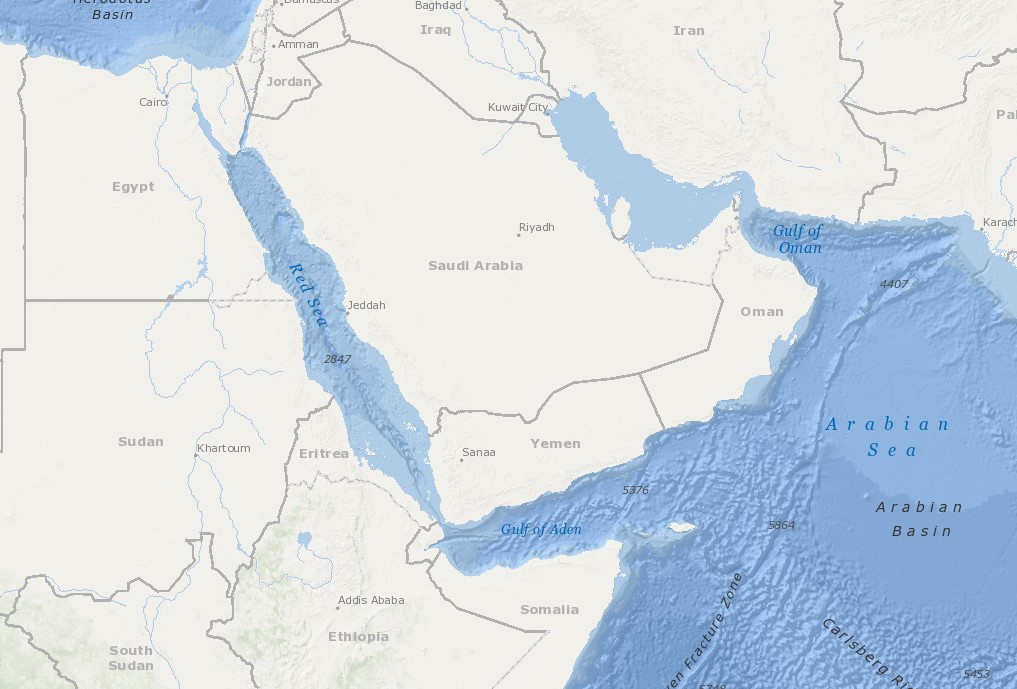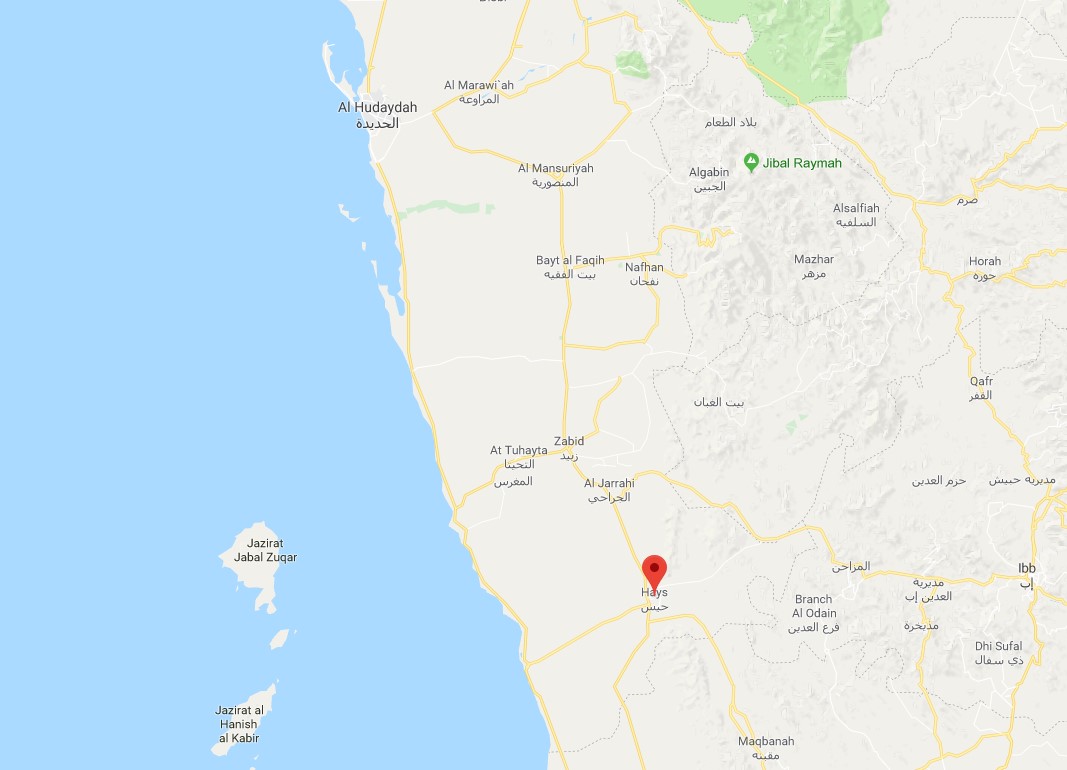Indian Ocean HRA Overview
Continued reported incidents reflect that the HRA remains a threat in regards to piracy activity in the region. Recent efforts to improve the security environment will reduce the impact of Somali piracy. However, factors onshore in Somalia continue to influence piracy in the region such as the ongoing famine and instability. Piracy groups in Somalia still bear the motivation to try and carry out attacks and still with some capability to target merchant vessels. Increasingly, vessels in the High Risk Area are subjected to incidents that appear to be co-ordinated small boat piracy approaches however they choose not to ultimately attack. These incidents are then difficult to classify as attempted piracy or regional patterns of life. However, in recent weeks there have been numerous attacks and attempted boarding’s ranging from incidents in the Somali basin, Gulf of Oman and Gulf of Aden The increased presence of naval patrols and armed security on board vessels act as a deterrent to the threat of piracy, however those vessels transiting in the area without the presence of armed security remain a significant risk.
Reported Incidents HRA
No incidents to report (UKMTO)
Yemen Update
At present the civil war in Yemen shows no sign of ending, neither side in the war has gained enough power and momentum to reunite the country under a single government. Saudi led coalition airstrikes continue in the Taiz province, Hudaydah province and Sanaa. The current military offensive along Yemen’s western coast started early last year and are aimed at cutting major offshore smuggling routes and securing the strategic Bab Al Mandab Strait.
Fighting breaks out in Yemen’s western province of Hudaydah: Fighting broke out on Wednesday in the western province of Hudaydah when the Saudi-led coalition assaulted Houthi-held Hays town. Local military commanders said government forces launched an offensive on Hays after securing smalls areas north of Khokha region on the Red Sea. Within hours, loyalists took control of a Red Sea road that links Taiz with Hudaydah and fought their way into the southern suburbs of Hays. The final state of the offensive will see the liberation of the city of Hudaydah, the last major coastal.
Saudi Arabia intercepts ballistic missile near Yemeni border: Saudi air defences intercepted the ballistic missile over Najran the kingdom’s south near the border with Yemen
Ongoing Threat of Violence/Terrorism at Sea off the Coast of Yemen
- Yemen’s civil war has created an environment mirroring Somalia’s lawlessness. The ongoing conflict in Yemen demonstrates how poor security on land has led to violence spilling out into the maritime domain. Houthi rebels continue to control a large amount of Yemen’s red sea coastline.
- In relation to coalition forces getting closer to the Red Sea port city of Hudaydah, currently under Houthi rebel control, increases the risk to shipping in the region. In the past Houthi rebels have repeatedly threatened to attack merchant vessels in the region should coalition forces attempt to re-take Hudaydah port. If coalition forces seized Hudaydah it could be argued this would be a turning point in the civil war as the Houthi rebels would lose their main source of finance through the port in which illegal arms are smuggled.
- The threat of terrorism at sea off the coast of Yemen remains by rebel groups and terrorist organisations such as AQAP. Such is highlighted by attacks against the LNG Tanker Galacia Spirit in October 2016 and the MT Muskie a product tanker in May 2017. Both involved the use of explosive laden skiffs, as an attempt to cause major devastation in the critical international shipping passage of the Bab-el-Mandeb.
- In addition there have been reports of explosive laden boat attacks targeting coalition vessels in Mokha port. Further to this, Houthi rebels have been reported to have deployed sea mines in the entrance to ports such as Mokha, if the mines are not removed by the coalition there is a danger of them breaking free and drifting into shipping lanes. Mokha port continues to be a target for maritime violence as it was suggested to be used as the main port instead of the port of Hudaydah which is currently under Houthi rebel control. It must not be ruled out that similar attacks may be attempted in the future.
- It remains a persistent threat that merchant vessels may be the subject of a miscalculated attack or as has been suggested recently, possibly threats of a calculated attack.
Somalia Update
The UN year-end assessment was mixed but mainly negative of conditions in Somalia: United Nations warned of a grim humanitarian outlook for 2018. Progress towards stability is impeded by extreme drought and hunger, al Shabaab’s continued violence and other enormous challenges. These challenges include pervasive corruption in politics and powerbrokers willingness to use violence or threat of violence against opponents.
This Week
Houthi Rebels Threaten to Bomb Somaliland’s Berbera Port Run by UAE: The Yemeni’s Houthi rebel group warned late December that it will strike Somaliland’s Berbera port should authority in Somaliland continue its lease agreement to the United Arab Emirates, the group said.
Daesh releases first video of Somali fighters: Daesh has posted what is thought to be the first video from its affiliated fighters in Somalia. The video calls on supporters to “hunt down” what it calls nonbelievers and attack churches and markets. The United States last month launched its first drone strikes against Daesh-affiliated fighters in Somalia. The Horn of Africa nation has a small but growing presence of the fighters, many of them defectors from the al Shabaab extremist group. The fighters are based in northern Somalia’s Puntland region. Experts warn their numbers could grow as Daesh fighters flee Syria and Iraq.
Al Shabaab militants execute 5 alleged spies: The Somalia-based al Shabaab extremist group says it has executed five men accused of spying for the Kenyan, Ethiopian and Somali government in the Lower Shabelle region.
Al Shabaab
Al Shabaab has been increasingly active in Somalia in recent months. The militant group has been battling the Somali Federal Government (SFG) in an effort to govern Somalia. Since 2013, al Shabaab pledged allegiance to al-Qaeda attracting the United States to execute raids and airstrikes against the group. However increased US airstrikes have not enabled African Union Mission (AMISOM) and Somali security forces to gain enough momentum against the terrorist group, al Shabaab has not suffered any great loss of territory or significant casualties from the airstrikes. Al Shabaab continues to maintain strongholds in southern and central Somalia and continue to carry out attacks against military and civilian targets. Somalia is a country whereby tribal loyalties are stronger than national ties. The SFG and Somali forces lack legitimacy outside of Mogadishu. Further to this, al Shabaab further exemplifies the issue of famine, terrorism and corruption making the prospect of stability in Somalia in the near future bleak. Al Shabaab is likely to maintain its present operational tempo in 2018 and further expand its territory in central and southern Somalia.
Piracy Activity
In 2017 between March and May, five vessels were hijacked in Somali waters, whilst this was reported by many to be a resurgence of Somali piracy, it can be assessed as more likely to be a result of a permissive environment during the inter-monsoon period allowing skiffs and PAGS to operate with ease. Until the deep rooted issue of piracy in Somalia are resolved, piracy will continue to be a threat. 2017 saw the worst drought Somalia has seen in 40 years, this coupled with the struggling government and extreme militant violence has brought 6.7 million people into crisis. Pirate financiers capitalise on the chaos offering opportunities to local people. It is needless to say, as the increased instability in Somalia continues, it will serve as a permissive environment for piracy operations with an ongoing threat to shipping in the region.




